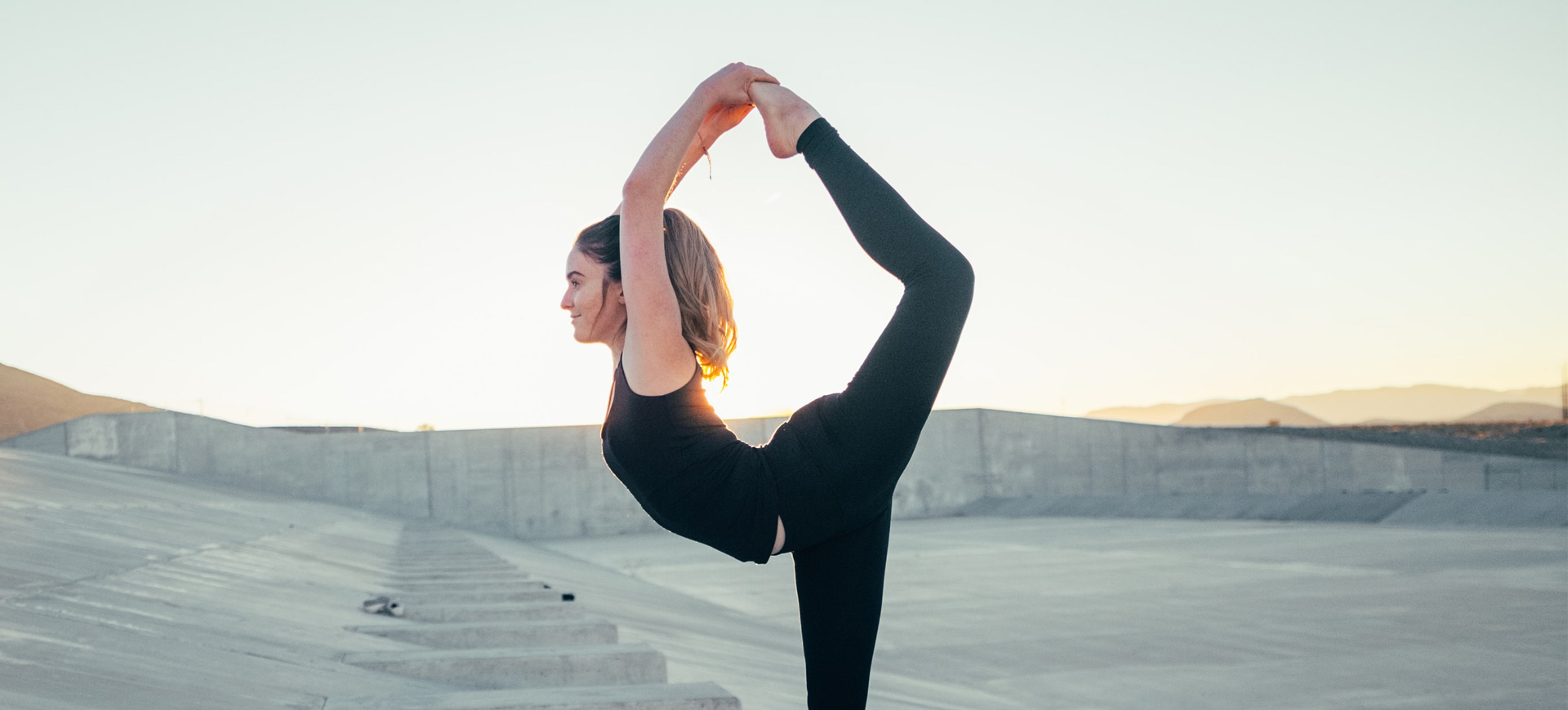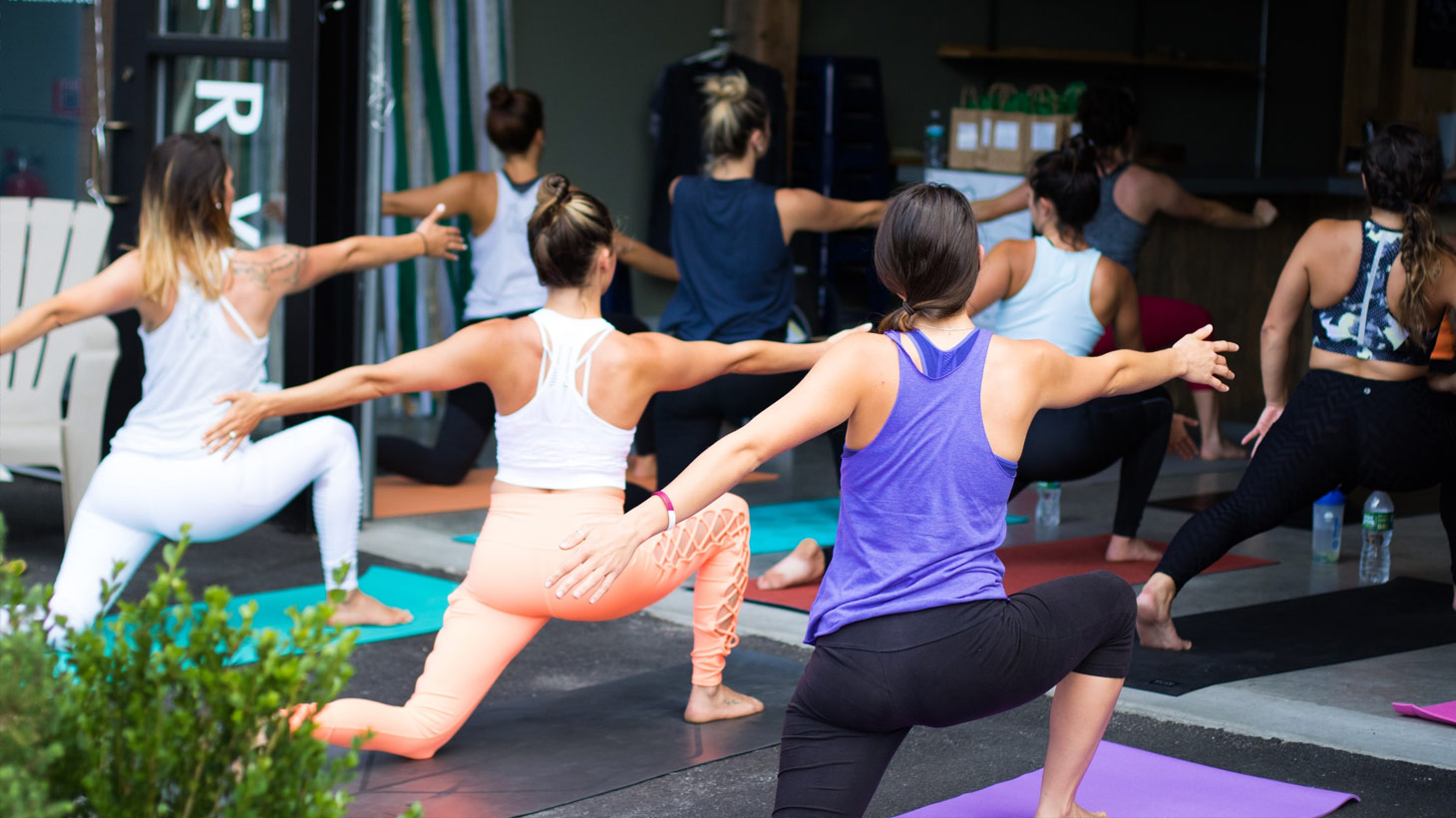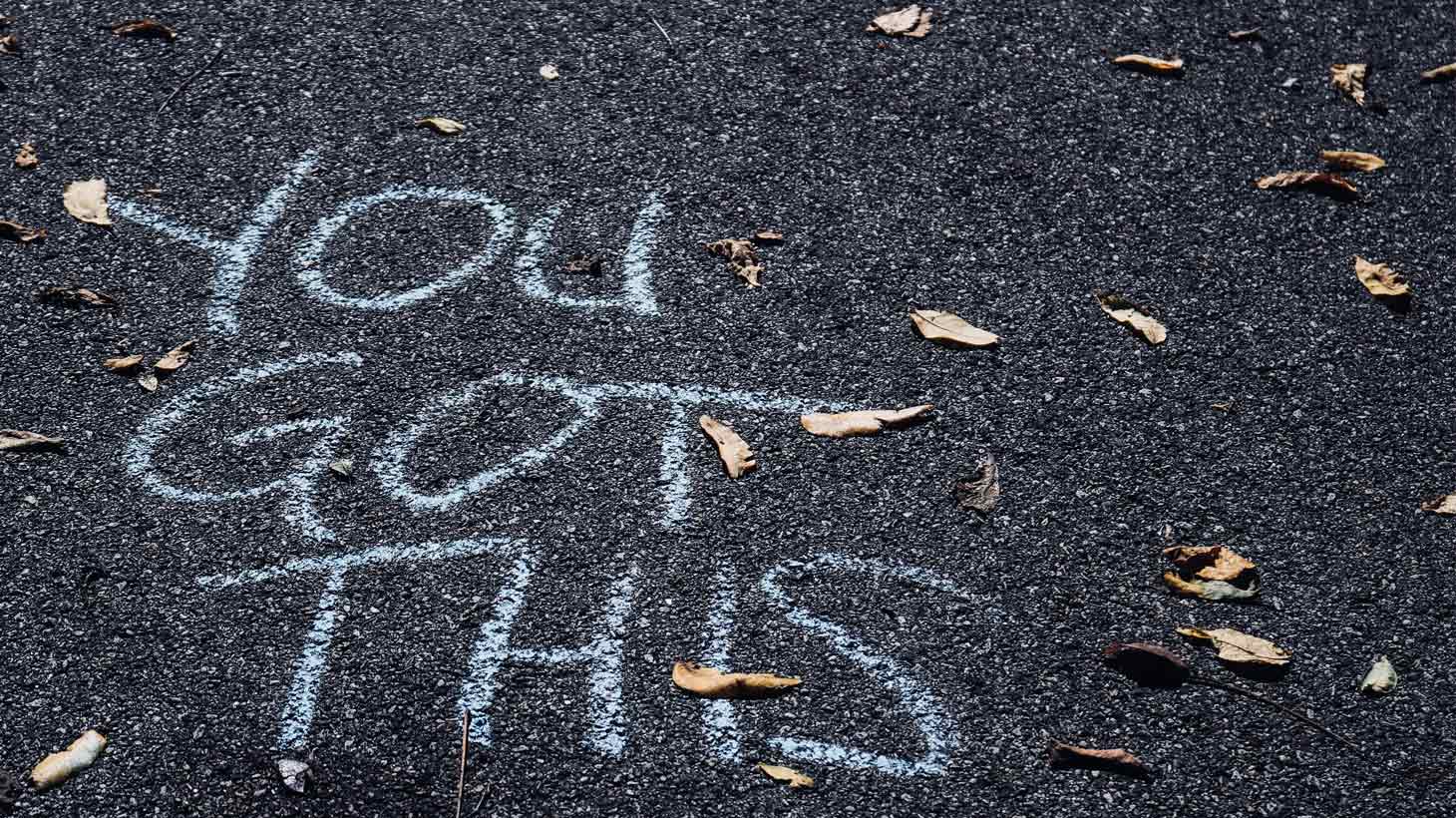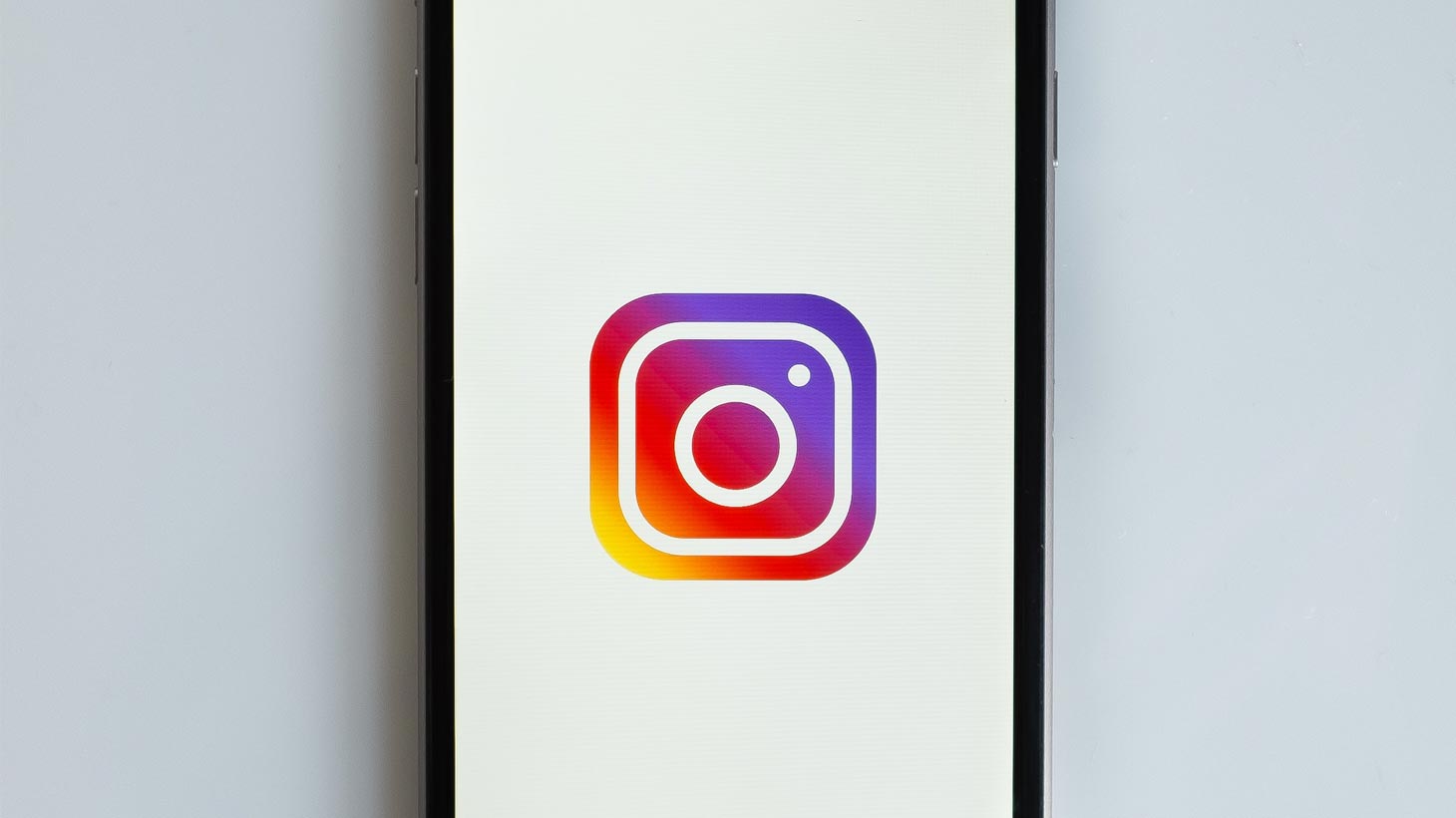
Content Creation: Be The Teacher You Would Like to Follow
In the Wellness Sector, one of our main tools to market our classes is via online. Our Facebook profile or group, Instagram stories and feed, our own website, Linkedin, all these different online avenues provide us with infinite possibilities to promote our business. The thing is, which post goes where?
Most of the teachers we look up to and our reasons why we admire them is probably exactly what the public is thinking.
I was never a social media fan. I even went months without checking in on Facebook. I was busy and while I thought posting stuff had it’s upside, the act of announcing your actions to the public didn’t come natural to me. When I moved to Spain and became a yoga instructor things changed. Facebook became my bridge to my home. I kept in touch with family through chat. My inclusion in the birthdays or other familial events were through these platforms. As a yoga teacher I was behind on the times. During my training, I had colleagues who had as much as 14,000 followers. I barely had 300. What did I do? I started content creation. Everything from pictures, to articles, I even made my own website.
I wanted to show people that you can approach your training in a non-judgmental way.
Over the years I learned some key points on social media marketing. I learned about what I stood for moreover be mindful of what my brand represents. So with that in mind we’ll look at the common types of posts out there, the way they relate or come off as in each platform, and mostly how they serve your brand story. Make sense? Here it goes.

Be the teacher you would like to follow
Most of the teachers we look up to and our reasons why we admire them is probably exactly what the public is thinking. So if you follow a teacher who feels authentic, fun, sweet and knowledgeable, then 500 people or more probably like the same thing. Be the teacher you would like to follow. Maybe you'd like to have a teacher who knows how to get brand sponsorships, or has many quotes to inspire other yogis. Look at other yogis’ profiles and list the qualities you like about them and why. What DON’T you like about them and why? After that, see which ones apply to you. Remember you can’t do them all just as you can’t please anybody. Take your time, the answer may surprise you.
Which types of posts are appropriate to your image?
Once you have made your final list of the type of teacher you want to be, which posts are appropriate? When I made my brand Misfit Yoga, I was all about combining disciplines with yogic belief. Since I loved the aerial arts, I wanted to show people that you can approach your training in a non-judgmental way. Striving for practice makes better instead of perfect. I figured writing articles and doing live classes or workshops was the best way to emulate this belief on my students. In turn, my main post ideas usually revolved around promoting my classes, events and articles.My secondary posts are about my knowledge and approach in bite-sized chunks to get engagement from potential students. So whatever came out of my feed, was to serve Misfit Yoga and it’s spirit. This is key when you are creating a brand. Avoiding confusion for your students. You want people to see your profile and they know what you’re about–who you are.

Common types of posts yoga teachers make
- Promotion post - Whether it’s a product, a product review, event or class, this is the most common post that yoga teachers make. May it be a short blurb or a link to the detailed description, it’s up to you. Promotion posts are done if you have something coming up or about to launch or show a product that you endorse. The bottom line is that you generate interest enough to get them to sign-up or purchase your goods.
- Promo update - ‘Last chance to buy’ or ‘Only 1 Slot left’ are the common headlines for these kinds of ads. These are done after you create the promotion. Letting people know the current status of your event or product also announces that there is a demand for your type of yoga. Knowing that this could be their last chance to avail of your services might just be the push they need to buy.
- Practice post - A practice post is done as a photo or video with a caption. This gives your audience a sneak-peak or behind the scenes look at how their teacher practices. It could be perfectly done or done in a funny, blooper kind of way depending on how you want to be perceived. It works for some and sometimes you want to be seen as more of an expert. Always ask yourself, how does it serve your brand?
- Tutorial - Tutorials are either in a short video or photo series post that shows how you enter and exit a pose. The benefits of this is that as a teacher you can show the public your teaching style, how you cue, and what you prioritize as a teacher. I try to make things light and try to find the simplest way possible in my explanation. What I tend to focus on is the sensations that happen as you get in and out of the pose. Try out the different techniques that work for you.
- Quote Post - Whether you make your own or type your favorite line from your personal heroes, The quote you put serves to inspire, comfort, and connect with your students. It depicts your humanity and your outlook on life. While it is not necessarily about your business, it is well-received by the public in general. It humanizes the creator. Side note, I didn’t believe it myself until I tried it out. I got more engagement from a quote post than my other posts.
- Inspirational post - This could be anything from a quote, or a ‘before/after’ photo, an advanced asana, or showing your flexibility gains, your meal prep , it could be anything that you want to present that sends your audience this message, “If I can do it, so can you.” Maybe you get less engagement the first time you post but it increases as you repeat the message many times over. It eventually lets the audience realize that you are on their side.
- Asana post - Asana poses are quite popular for yoga teachers because it serves as inspiration and tutorial at the same time. The formula version is this: Explanation of the asana, how you get into the pose and how the process relates to real life. After all that you get a multifaceted post that targets your potential clients from different sides.
- Non-yoga/personal post- If done in a timely way, meaning in keeping with current events, the non-yoga content can serve to reflect your personal side. Most people feel close to their yoga teacher because she opens up during class. A non-yoga post will deliver that same effect away from the studio. It doesn’t always have to be about the charity you support or a different interest you might have. It could simply be something funny you saw on the internet to a picture of your pets during your downtime ( I mean cats bring up your viewing numbers in a snap! ). It depicts vulnerability and authenticity.
- Gratitude Post - “Thank you to everyone we have reached XXXX number of followers!!” This is what a gratitude post looks like. Being grateful to positive outcomes and showing gratitude to your followers shows that you ‘see’ them. You appreciate and understand that they have been a part of your journey. Which is true. They are a part of your journey and none of this would have happened without them.

Common Platforms Available and Where You Should Upload Your Posts
- Facebook - Facebook is probably the most versatile platform there is. If you have been using it for a while then you have the most reach on this platform. You can post all your offerings with links to any outside site as well as linking your posts to your Instagram account. Since it is most likely that you have your personal stuff in your account, even the non-yoga/ personal posts can work well with this platform. Here’s a pro tip: Facebook is coming out with paid options for live sessions so you don’t have to use Zoom for your classes.
- Instagram - Instagram is Facebook adjacent. Linking these 2 platforms save you from posting the same things twice. The distinctive feature of IG is that the composition of your post has to be in small digestible bites. Concise and accompanies the image that represents your caption. It is ideal for viewers who are on their commute to or from work. So it’s best to post either early in the morning or 4-5 pm when people are normally leaving their work. What can you post? Tutorials, asanas, quotes and inspirational posts are often used for the feed. Then IG stories is where you can post non-yoga stuff, promotional updates, or experiment with a marketing idea because if it doesn’t work. At least it’s just one there for 24 hours.
- Your Website - Your website is the meat of your practice. It’s where you should take your viewers to. Your website is the ‘actionable steps’ as well as ‘next steps’ of all your promotional posts. Use your site to really get into the details of your practice, your teachings, etc. Offer your courses, online classes etc. and link it to the other platforms that have your name on it. Remember Social media is the beacon, while your website is the destination.
- Twitter- Twitter works if you use it all the time. The way it can work for you is if you interact with other people in and out of your circle. It can have some growth but it will take time if you are just starting. Like most things in social media it has it’s own learning curve. What can you post on twitter. Twitter is designed for very short blurbs. Maybe you can put your teasers here. A short quote or shoutouts and a picture. The secret in twitter lies in the numbers. Posting has to be more than 3 times a day. You can vary and experiment if you want but you have to put in the hours.
- Youtube/vimeo/IGTV- Youtube is ideal for all of us especially now. We can record lengthier tutorials, product reviews, or even your basic rant. What makes them different from each other? Youtube is the default of all these video platforms. Like Facebook it has been around for the longest time and is constantly evolving. Youtube also has monetizing opportunities via fan funding or google ads. Yoga with Adrienne is a prime example of the yoga teacher who did YouTube right. If you want to know more, check her out. Vimeo is a platform supported by apple which allows you to store your videos for online courses. Once your students have paid for your services, they get access to your videos. IGTV is the newcomer that allows you to post and rant a little bit more than it’s previous features. It is also a platform to reach younger audiences. However, according to an article in Hotmart, Viewers on IGTV demand professional quality content otherwise they don’t follow so much. So maybe stick to the basics when you are just starting out.
How do we sort all of this out?
With so many places to upload our stuff to, how do we get organized and know which one is effective? It depends on these factors:
1. How your post serves your brand?
Everything you post has to be in service of the brand. Even if it is a personal post, your upload has to be about making you look good and real. So think about that before you publish anything. It’s like your yoga practice, what is your intention?
2. What outcome do you want to have?
Do you want client engagement, clicks to your website, more followers, etc. This goes in hand with setting an intention. But instead of thinking about the process, we focus on the result.
3. Actionable steps in your description
CTA or call to action should be at the end pdf most of your promotional posts. Either linking to your website or paid offerings, a button to take people to your blog. Or anything that has a task for your potential clients to do to get more of you.
4. What are your next steps after you post?
Lastly, the end of one post is the beginning of the next one. The best profiles makes their viewers feel like they are following a story or that they get an inside look at the content creator’s day-to-day. So think about your sequence when planning you marketing for the month or week. By sitting down and taking the time to plan it all through. You can come up with something perfect for your vision.
Paid posts or Organic growth?
My approach to paid advertising depends on the effort and outcome of the posts. If it’s an article, I pay for more engagement and clicks to my website. I’m not going to let 1500+ words go to waste. If it’s a course. Yes, because I want people to sign up. Then recently, I heard that quote posts result in high engagement so I tried it out. It was true. Bottomline, If I put a good amount of work in it or I need it to reach a big number of people in a short time, I’ll pay for the growth. Paying for posts is in an “Pay as needed” basis.
Hashtags
Hashtags are represented by a number symbol and words that relate to the theme of your post. The more hashtags you put, the wider your reach. There are specific ways to use it per platform. Personally, I use it on Instagram and link it to my facebook. It’s easier that way. When it comes to hashtags, try to look at the most common ones coupled with the ones specific to my brand like #practicemakesbetter and #misfityoga. This way you see the growth of your specific tags. Here’s a reference to enlighten a bit more on the topic.
Hire a Professional or Go at it on your own?
As your brand grows, the more your image as an expert in your field becomes apparent. I know it’s an uncomfortable title but you have to get used to it. Besides , whether we admit it or not, this is where we’re headed. With this, your image grows to take on a more professional look. It’s not good for a business to perpetually look like they are still starting out. Personally, I’m still going through my training both online and live but I’m growing mine by posting and writing more often. I plan to get professional assistance on my business profile when I start generating passive income through online offerings. Have a plan of attack. Give yourself a point in your business when you want to collaborate with a team. Outsourcing is a wonderful way to take your tedious tasks so you could focus on what you really want to do. Teach.
Outsourcing is a wonderful way to take your tedious tasks so you could focus on what you really want to do.
While marketing is a challenge it’s also ever-evolving. So don’t sweat that what you put out there has to work or you will have failed. No. It is a trial and error process. The more you do it the better you get at it. So I hope this Guide has served you well
Stay safe and good luck Momoyogis!






